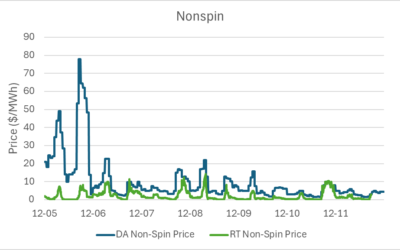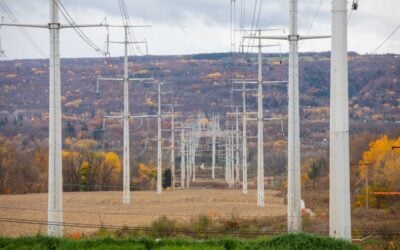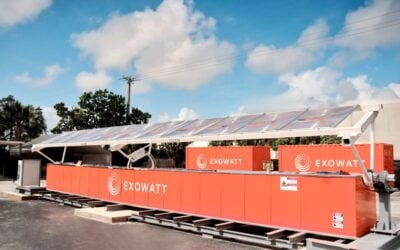The new facility is comprised of a battery assembly lab and a battery cell commercialisation centre in Eastman Business Park. Source: NY-BEST
New York’s chief economic development agency Empire State Development (ESD) is launching a battery cell assembly facility in Eastman Business Park (EBP), Rochester, which will serve battery and capacitor companies, in collaboration with the New York Battery and Energy Storage Technology Consortium (NY-BEST).
NY-BEST will install the two multi-user assembly lines (a battery assembly lab and a battery cell commercialisation centre) in partnership with the Eastman Kodak Company.
The project was funded by ESD leveraging incentives through a US$1.2 million Upstate Revitalisation Initiative capital grant and is expected to be open by July 2017.
The new lines will complement Kodak’s existing roll-to-roll (R2R) coating capabilities and will be a significant boost to New York’s energy storage efforts by creating a facility for the production of new battery technologies.
Try Premium for just $1
- Full premium access for the first month at only $1
- Converts to an annual rate after 30 days unless cancelled
- Cancel anytime during the trial period
Premium Benefits
- Expert industry analysis and interviews
- Digital access to PV Tech Power journal
- Exclusive event discounts
Or get the full Premium subscription right away
Or continue reading this article for free
“We are proud to reinforce our commitment to NY-BEST and the energy storage innovation hub it is creating with Kodak at Eastman Business Park,” said Howard Zemsky, president and CEO of Empire State Development, in a statement. “These facilities provide needed resources to companies, researchers, and entrepreneurs who are working to advance the battery industry. Under Governor Cuomo’s leadership, New York State is establishing itself as a world leader when it comes to this burgeoning industry.”
Once completed, the facility will create nine direct jobs by 2019, which will enable commercial entry for new products and in turn will attract new business to the Rochester campus.
NY-BEST Executive Director William Acker said: “NY-BEST is grateful to Governor Cuomo, Empire State Development and the Finger Lakes Regional Economic Development Council for their support of the energy storage industry and our efforts to establish a world-class energy storage product development and manufacturing hub here in New York State. Together with our partners at Kodak, RIT and DNV GL, the facilities we have created here in Rochester, along with the State’s rich network of research, manufacturing and intellectual assets, have combined to put New York State on the global map as a great place for energy storage companies to locate and grow their businesses.”
The new production facility will help the state meet its 100MWh energy storage target by 2020.





